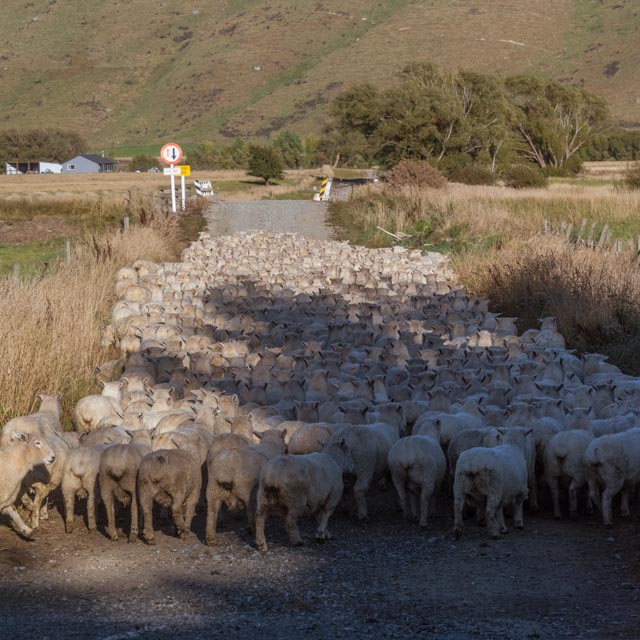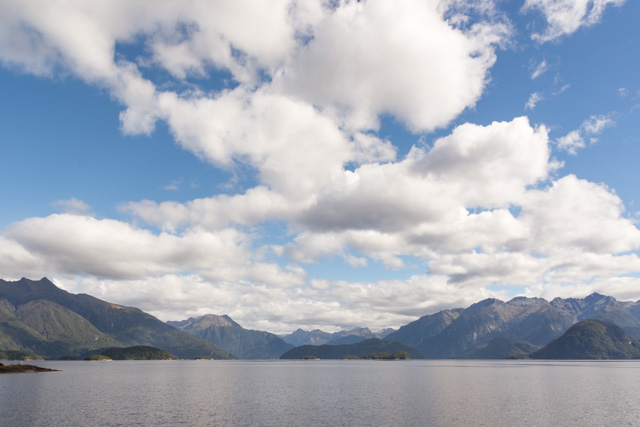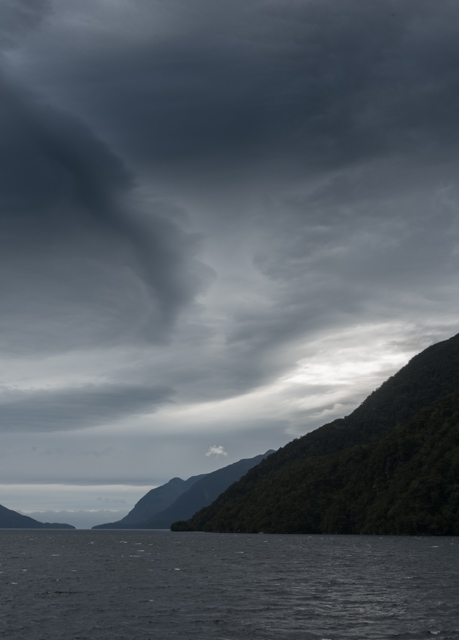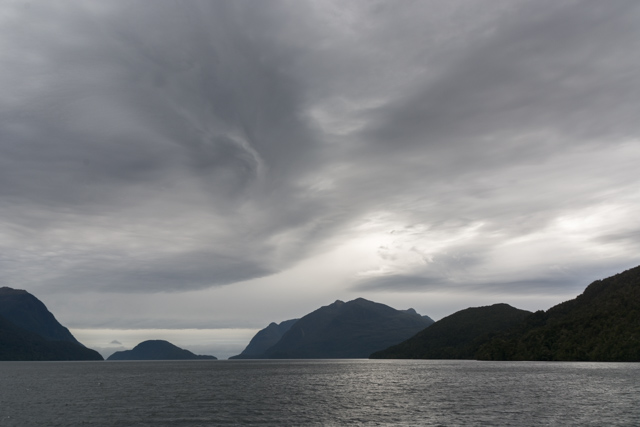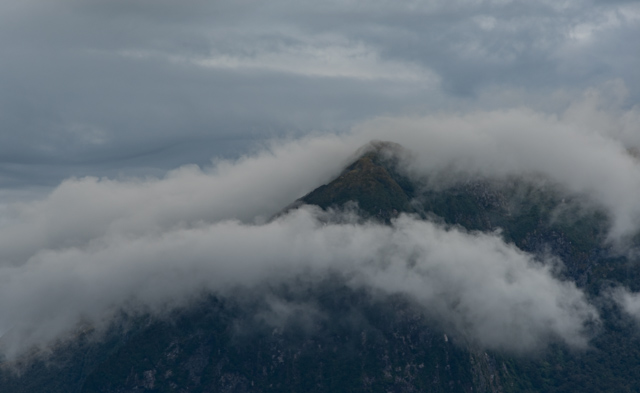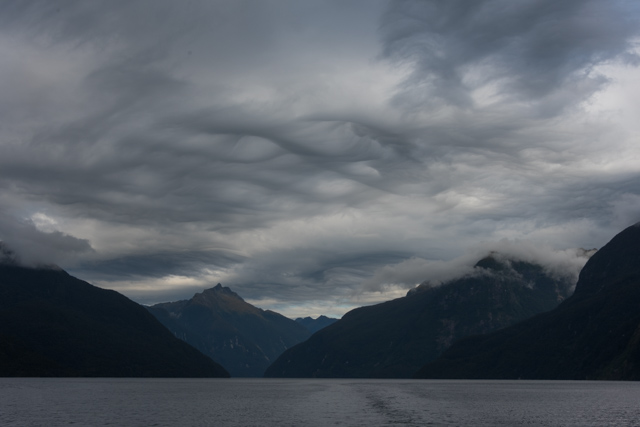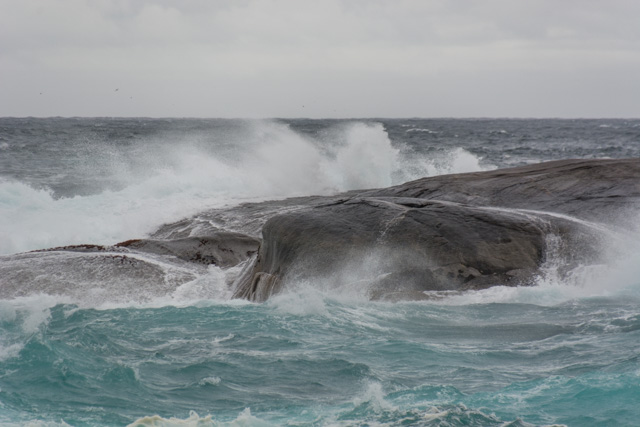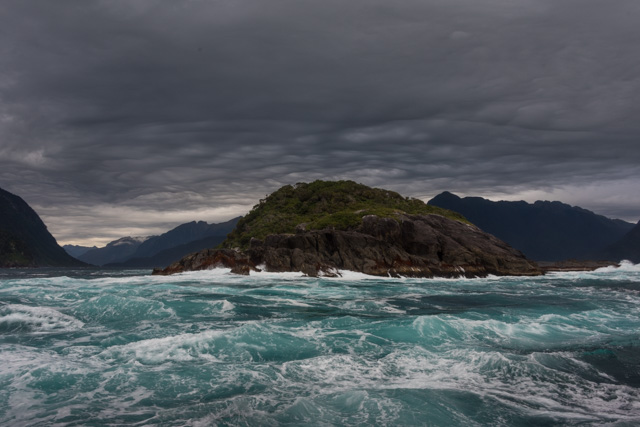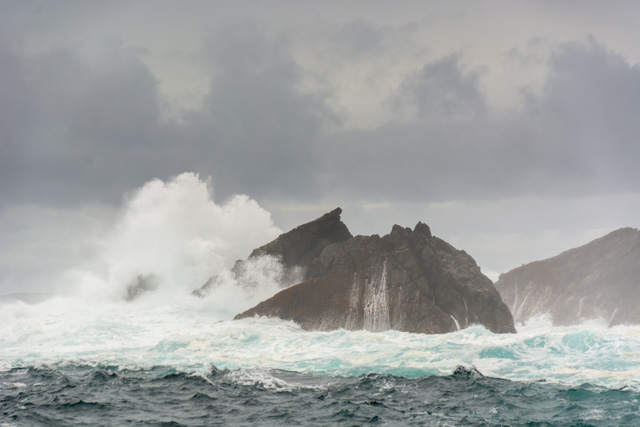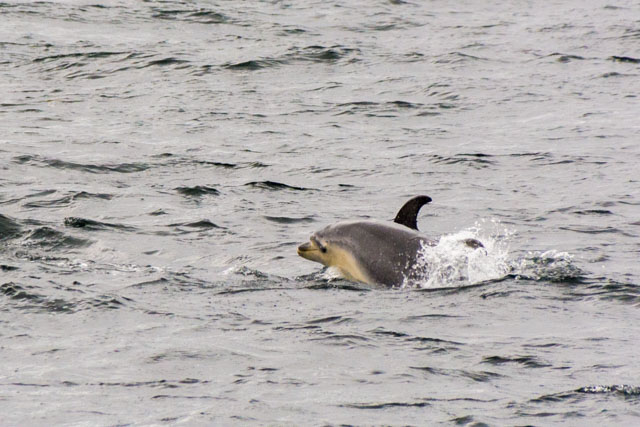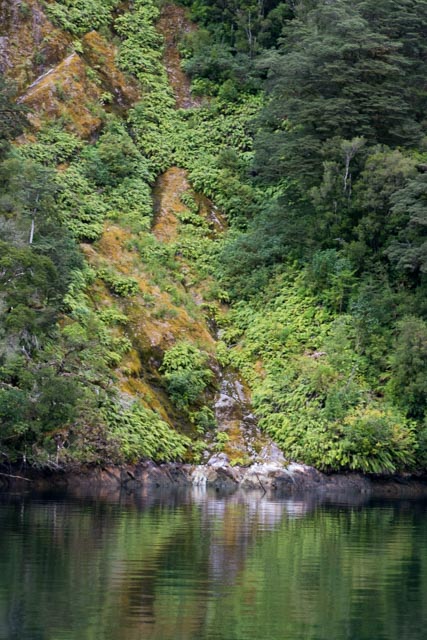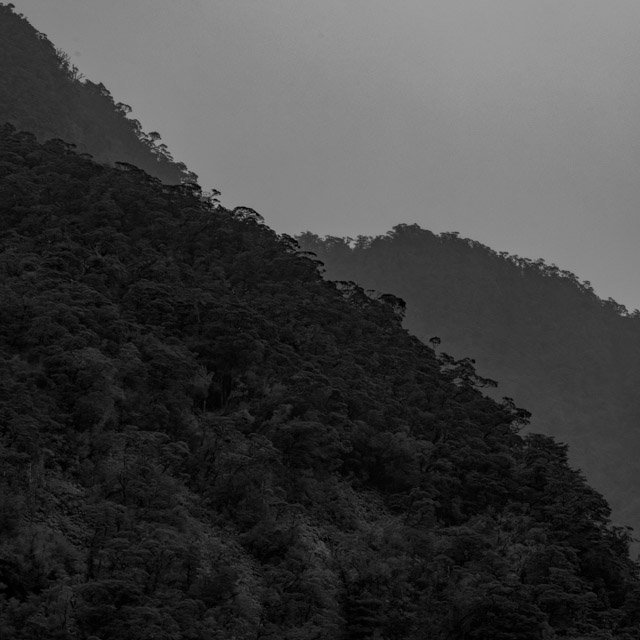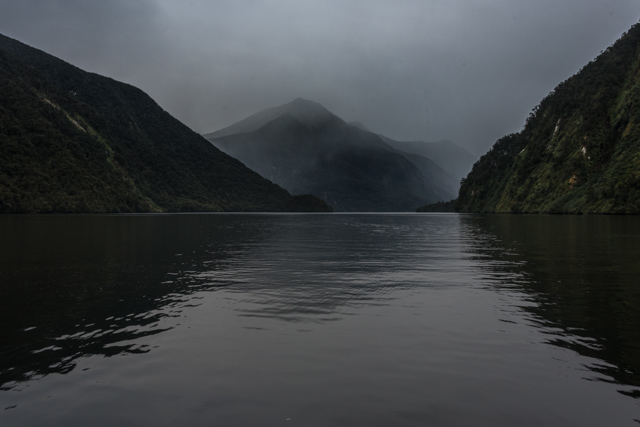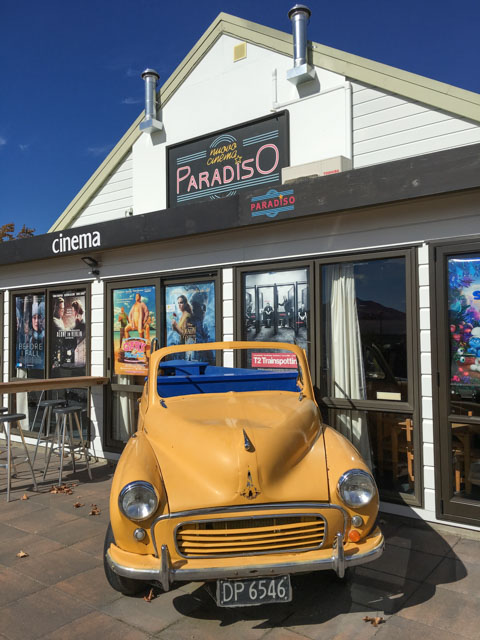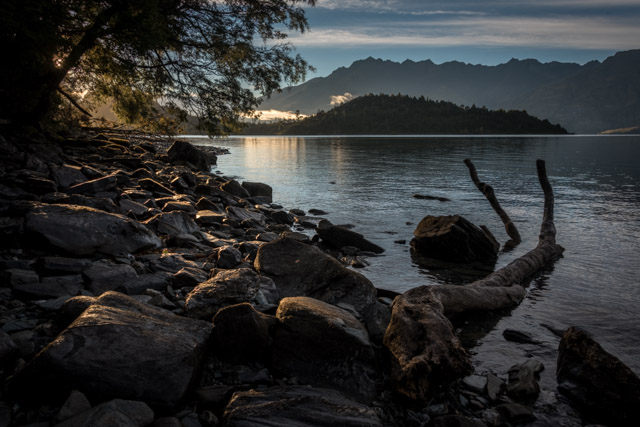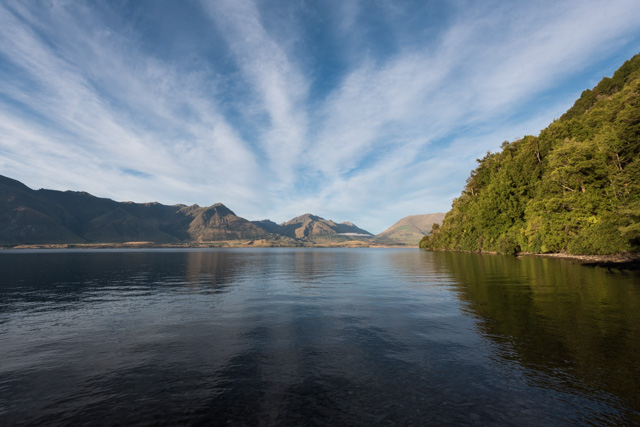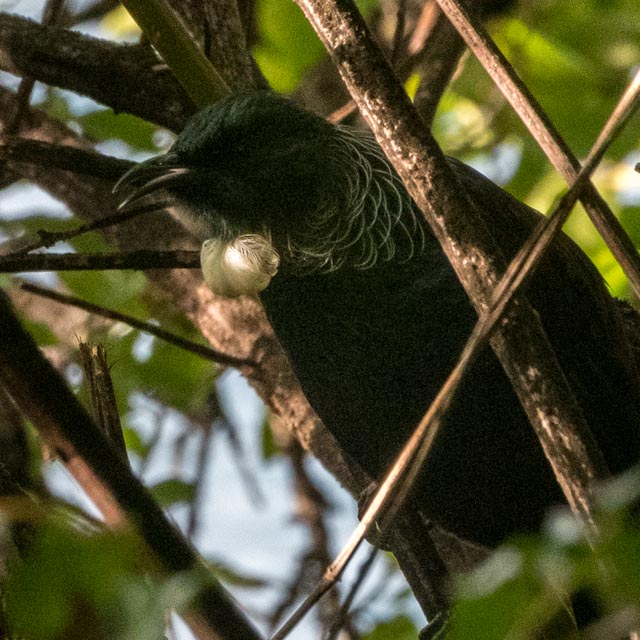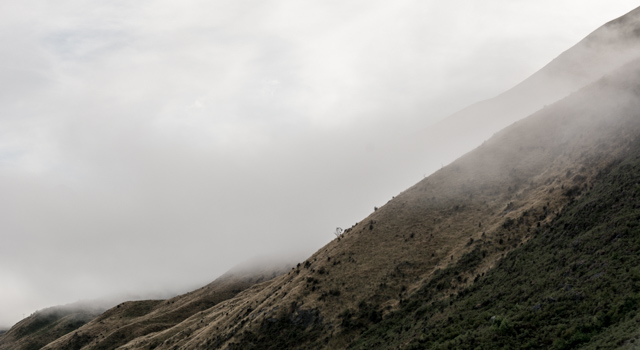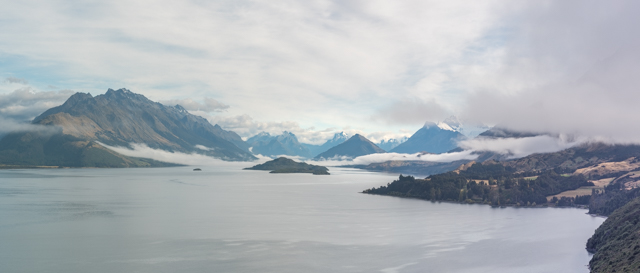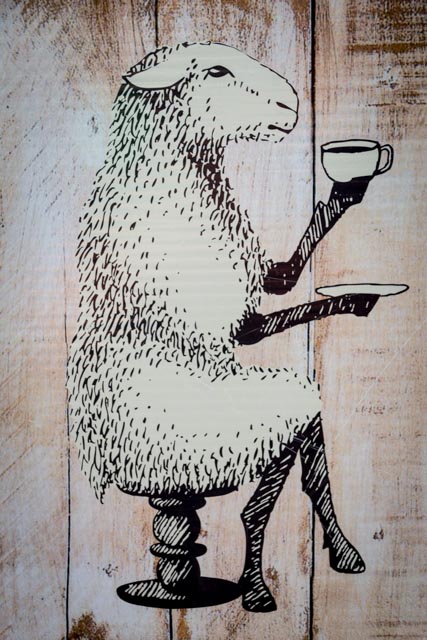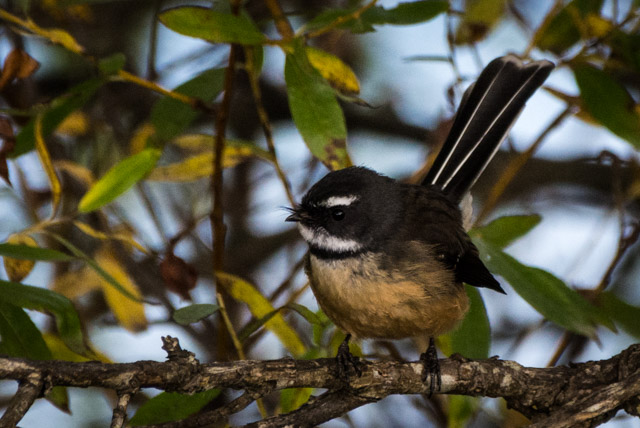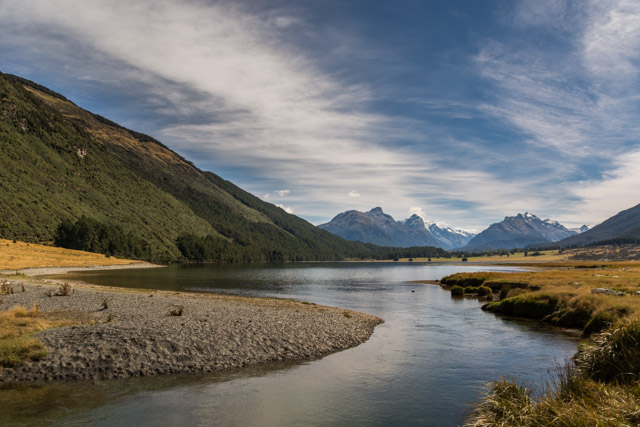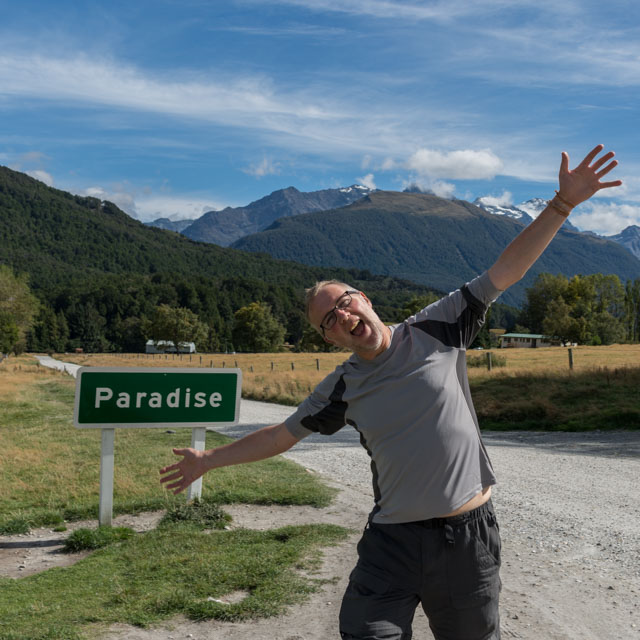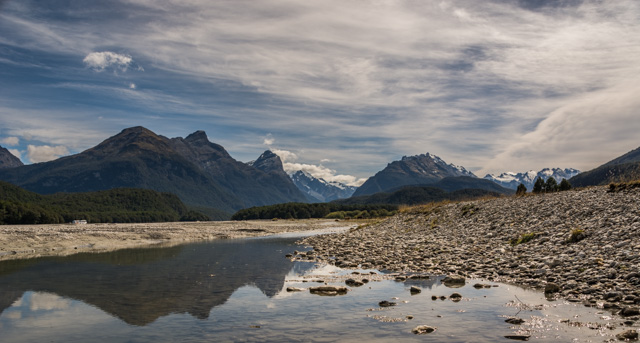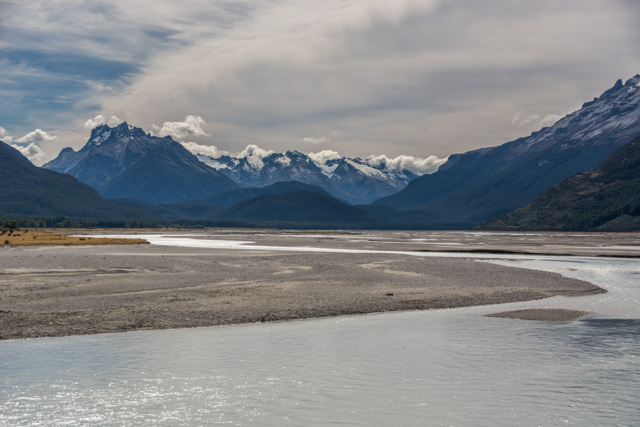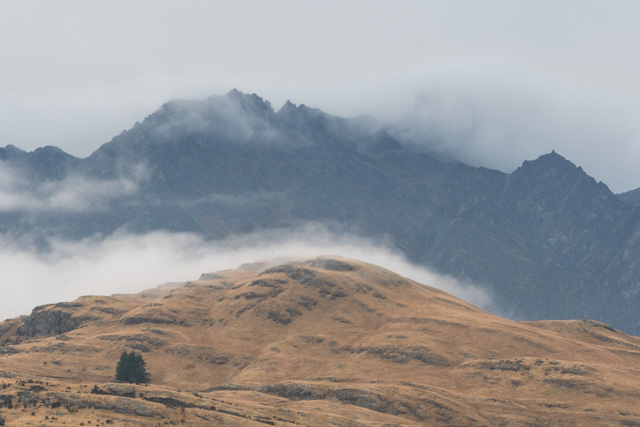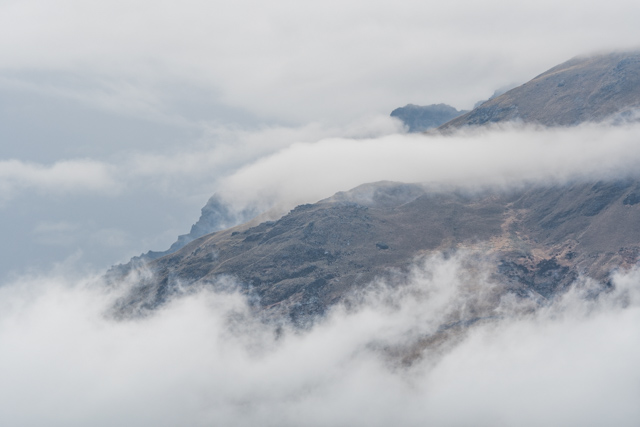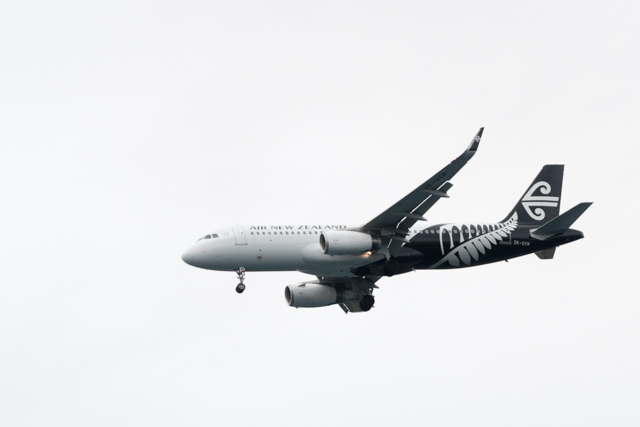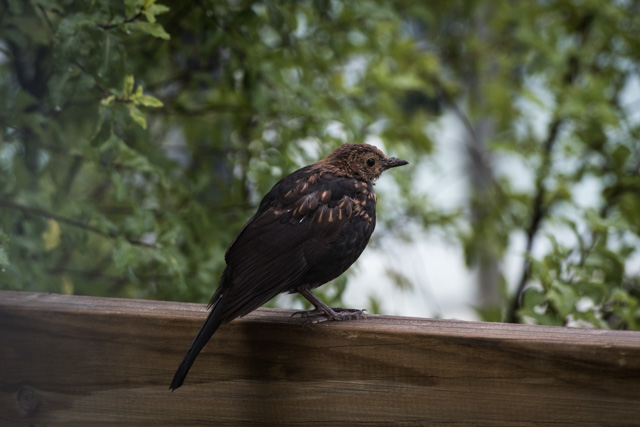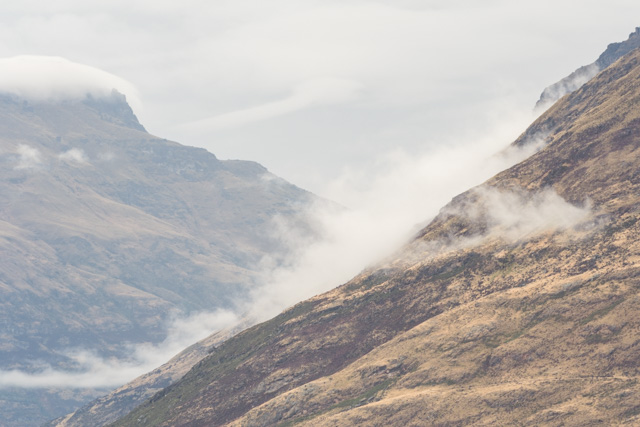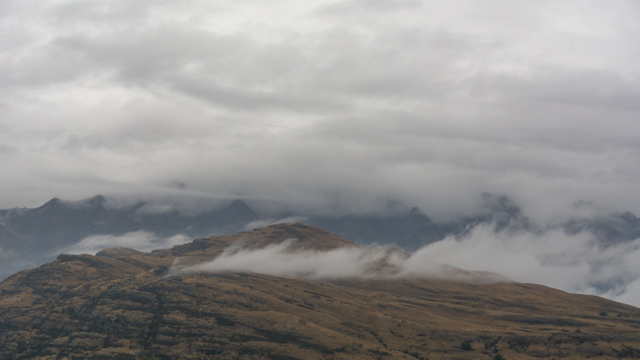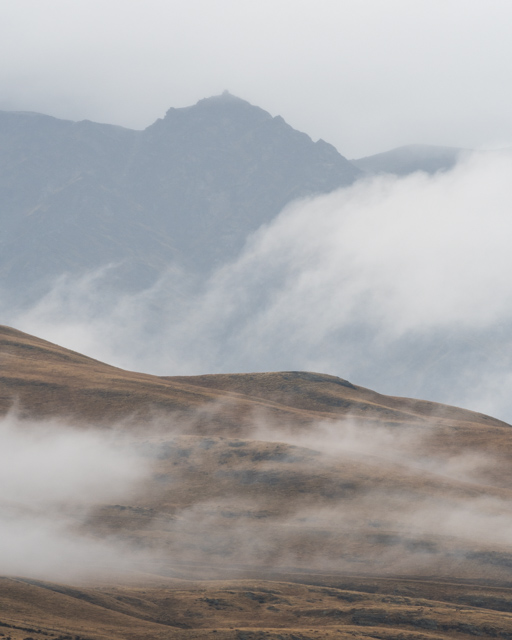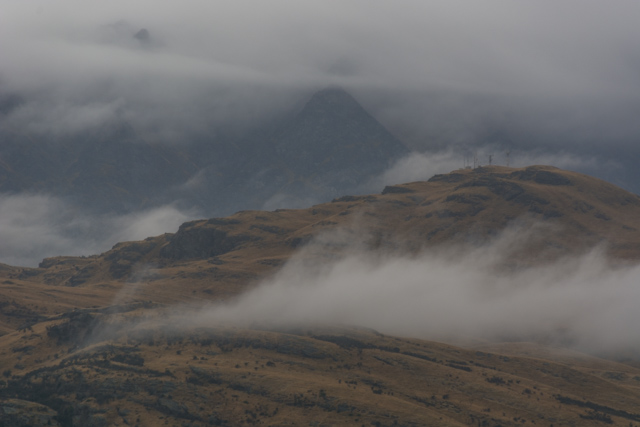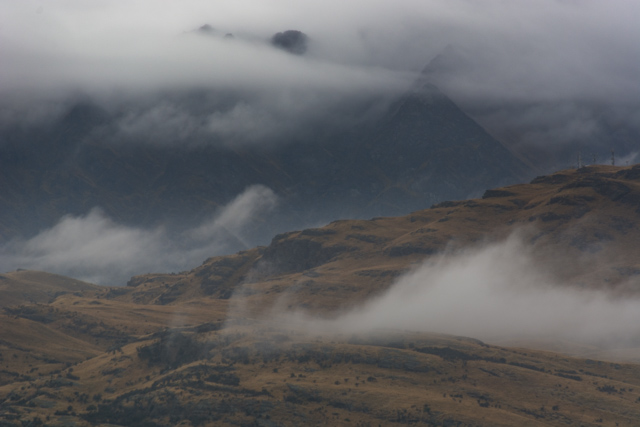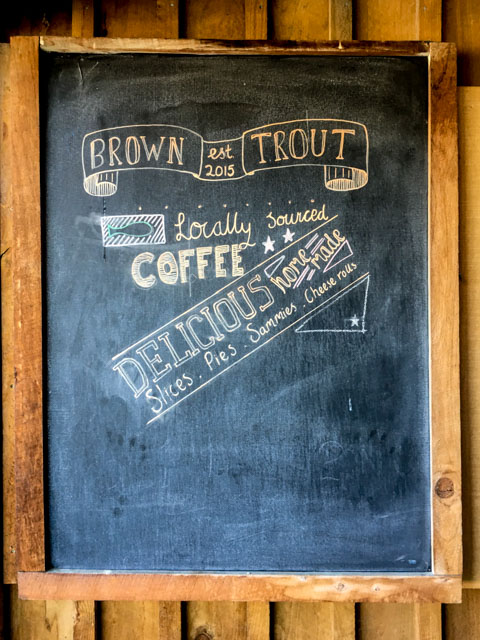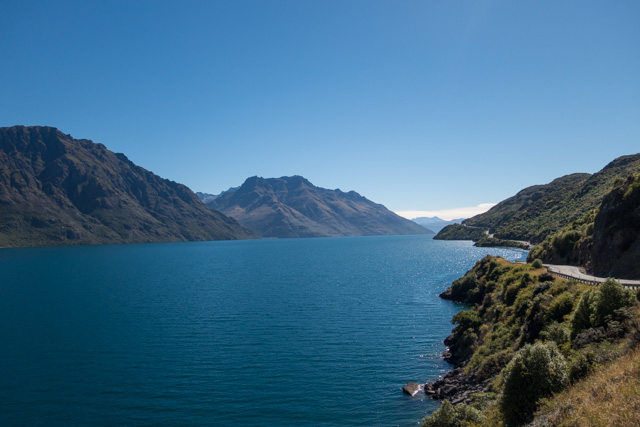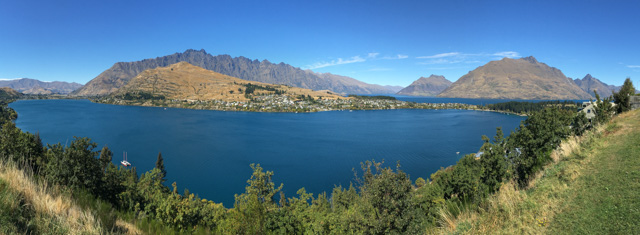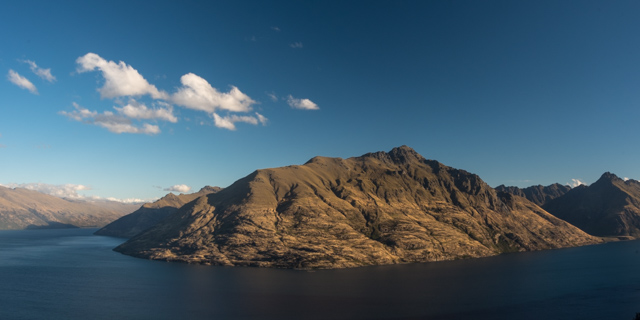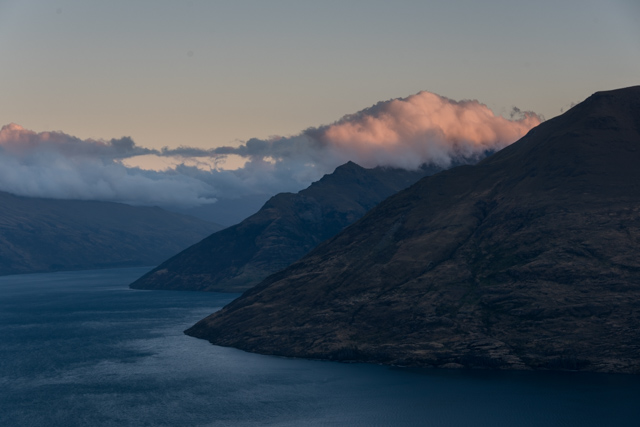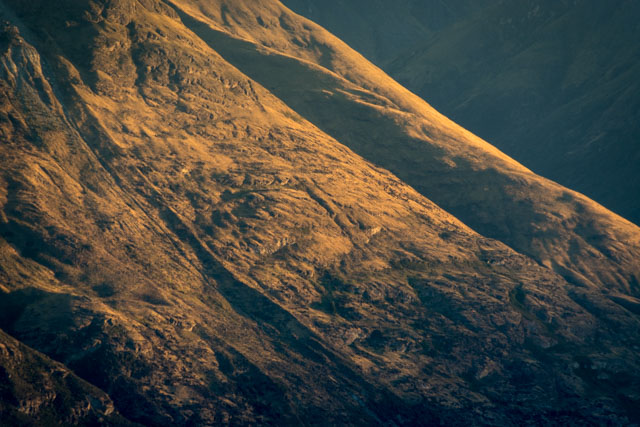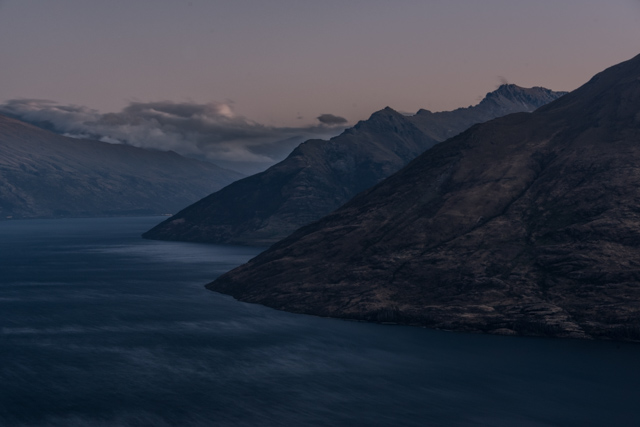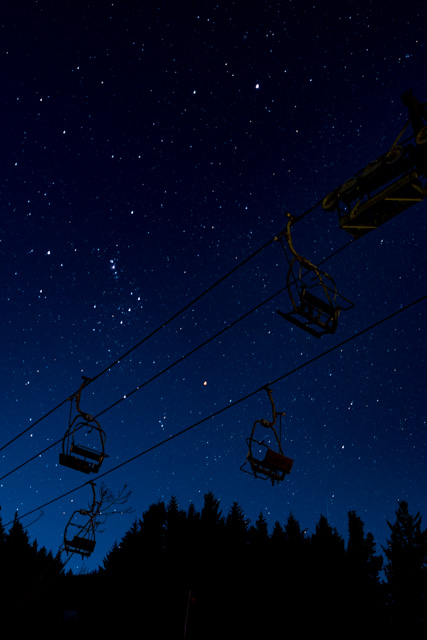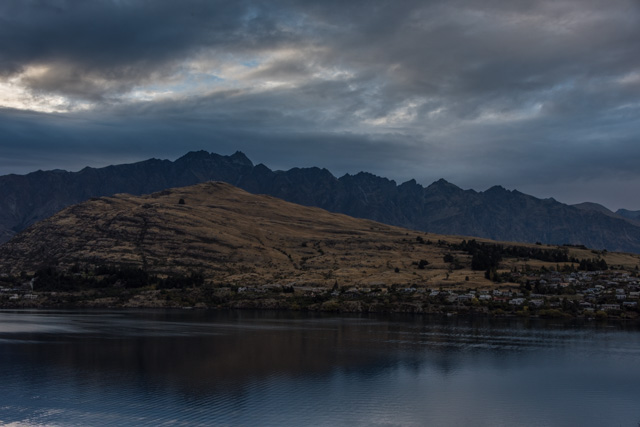
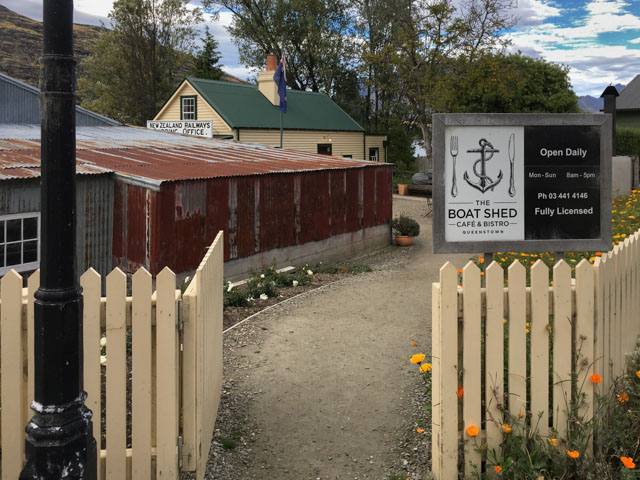
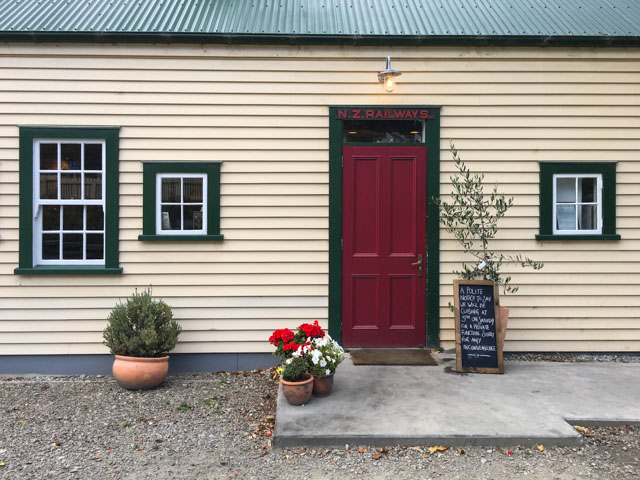




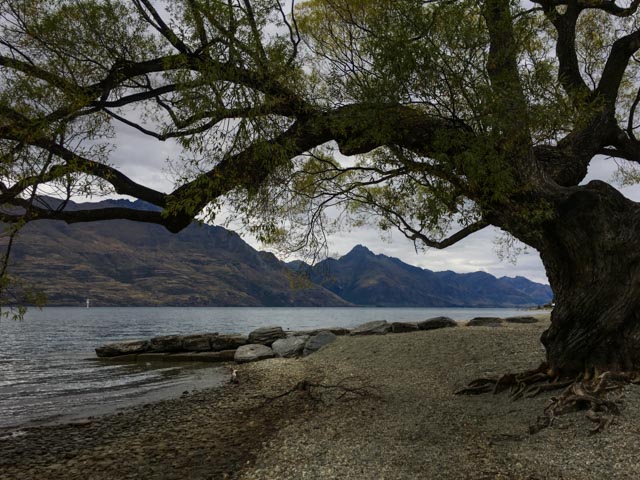
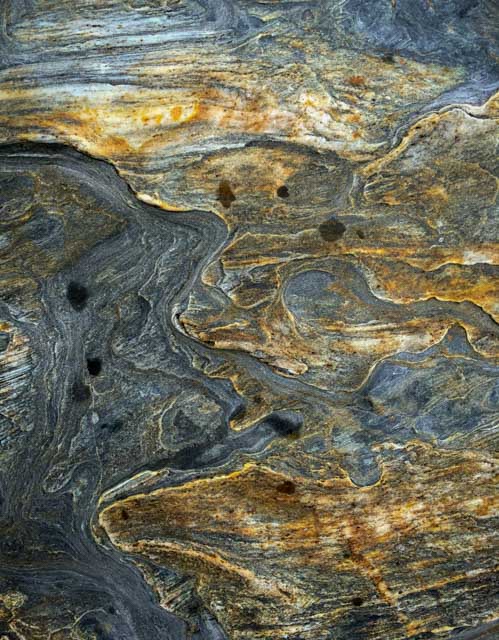


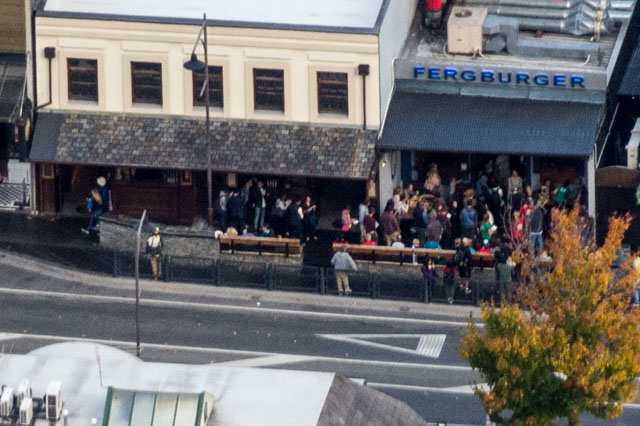

Today is changeover day. We left our AirBnB this morning and moved a few miles down the road to join our Landscape Photography tour.
We left the house right on 10:00 and I struggled down the hill with my ever-increasing number of bags. It’s only a few stops on the bus to our new hotel and we have bus passes for the week.
Our room wasn’t quite ready so we left our bags and walked down to the nearby Boat Shed café. The café is collection of old buildings that have been moved to a lakeside location. The main building is an old railway booking office; it’s constructed from clapboard, similar to many buildings in southeast England.
We had our usual flat whites and enviously looked at other people’s food. We weren’t in a hurry and the sun had come out so we gave in to temptation and had an early lunch – poached eggs with spinach and avocado for Florence and a quinoa salad for me.
I had some last minute shopping to do for our trip and Florence needed a haircut so we took a bus back into Queenstown. I quickly found what I needed and had an hour to walk round the town and have a closer look at a few buildings. It was a warm sunny afternoon, crowds wandered around the waterfront, arriving or departing on pleasure boats or looking at the toot stalls. A covers band played a Crowded House song – original choice – if I came from here I would leave the weather at home!
Before the town existed, the Maori fished in Lake Wakatipu and collected Greenstone from the area. The first European settler was William Gilbert Rees who set up a sheep farm on what is now the centre of town. Fortunately for him, gold was found in the area in 1862 and his farm was purchased for £10,000 to provide land for the town. His statue on the waterfront doesn’t look as happy as you might expect. Origins of the name are vague, either it was from Irish miners’ links with a town back home renamed to Queenstown in 1850 to honour Queen Victoria or because it was described as a town fit for a Queen. Or both. Or neither. Tourism came early to the town and never left; early in the 20th century there were steamers on the lake and tearooms on the shore. It’s now a fast-growing town of 14,300 with an international airport.
First stop on our photography tour was the Queenstown institution Fergburger. There is always a queue down the street; they churn very good burgers from a menu of about twenty variations. We shared a falafel one called Bun Laden, very tasty.
We then took the gondola to the top of the hill overlooking the town to watch the sunset and try and photograph the town at twilight. A combination of wind, a lot of visitors and a private function closing part of the viewing platform made it difficult to get any decent pictures.
We have a 5:15 start in the morning so early nights all round, at least we’re helped by the clocks going back an hour.




















